Engaging and empowering communities and stakeholders in rural land use and management: technical report
Summary report of the aspects of research on how to assist rural communities to engage with decisions on land use and management.
Results
Stage 1: Desk top research and literature review
The results of our literature review are in the main report.
The only thing of note to mention here is that we had envisaged being able to find out more about tools and approaches from project websites. After searching a number of websites, even of projects we knew were doing good work, we realised there was too little information of this kind for it to be a good use of time.
Stage 2: Development of approach and limited collection of primary data
The following graph (Table 3) shows the breakdown of respondent's organisation type. To protect the anonymity of the survey's respondents, we have amalgamated data from all three data collection methods (interviews and two surveys).
Table 3: Breakdown of respondent's organisation type
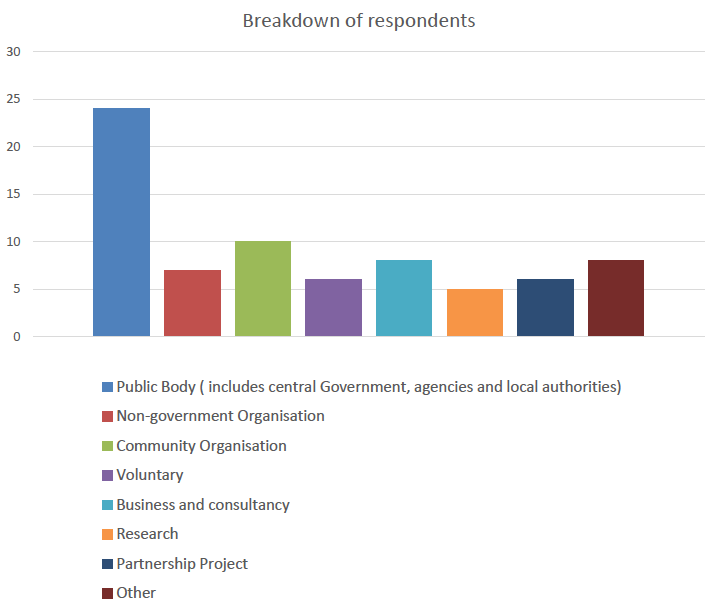
All respondents were from Scotland except for 3 from outside Scotland and one, which was unspecified. We have not named the places outside Scotland to avoid disclosure. The table of respondents can be seen in Annex 5.
Interviews
Of those approached to participate in the interviews, 14 agreed to take part and 2 people declined because they felt they did not have relevant experience to usefully contribute. When someone declined, we asked for suggestions of who could do the interview in their stead. We had most challenges getting hold of interviewees in SEPA, because there is no SEPA person on the Project Management Group. In the end we interviewed 2 Project Officers from SEPA but were not able to interview any Managers.
Of those who agreed to take part, all responded positively to the interview and provided full responses including about sensitive topics.
We did not alter the main interview structure or question but in later interviews, we probed more in relation to tools and approaches. This was in response to the earlier interviews when we found people described forms of engagement
(e.g. workshops, 1:1 meetings, walks and talks), but not specific tools or methods
(e.g. Stakeholder Dialogue, Appreciative Inquiry, Planning for Real).
When we probed in more depth, it did not elicit more specific answers (see discussion in main report).
The following table sets out the numbers of each group interviewed.
Table 4: Method and numbers interviewed
| Method |
Number of responses |
|---|---|
| Semi structured interviews with managers in SNH, FCS and SEPA |
4 |
| Semi structured interviews with Project Officers in the organisations plus partnership projects |
10 |
Analysis of the findings can be found in the main report.
Online surveys
Of the two online surveys, we received a particularly high response to the online survey about opportunities and challenges of engagement and empowerment. We had hoped for 25 responses but received 46 substantive or full replies - some of which went into considerable depth. This was welcome and unexpected but exceeded our planned capacity for analysis. In order to use as much of the material as possible, we adapted our research priorities and dropped in-depth work on a single summary table of all date.
Table 5: Online Methods and response rate
| Method |
Number of responses |
|---|---|
| Online survey about opportunities and challenges of doing engagement and empowerment in land use and land management |
75 of which 47 substantively or fully completed |
| Success Story Survey |
23 of which 14 are substantively or fully completed |
Success story survey
The following figures represent some of the data collected from the success story survey.
Table 6: In planning land use and land management how are the key decisions made?
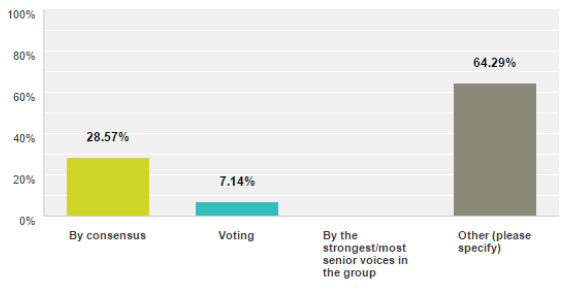
Responses to the 'other' category included that key decisions were made in one of the following ways: to meet science and management objectives, yet to be determined (but will be by consensus), by strongest voices with political support, and all of the above.
Table 7: If you said decisions are made via consensus, please indicate how this is achieved
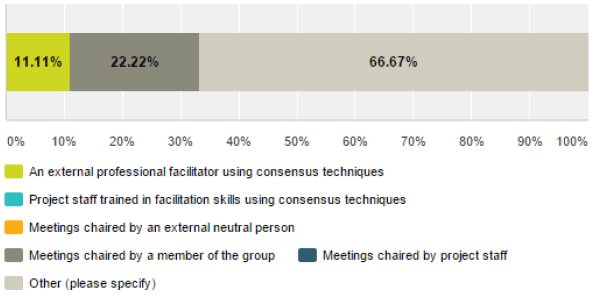
Responses in the 'other' category included that the responder did not know the answer for that project or that the meetings were chaired but the person who chaired the group did not fit in one of the categories on offer.
Table 8: What is the main role of communities and stakeholders in the decision making?
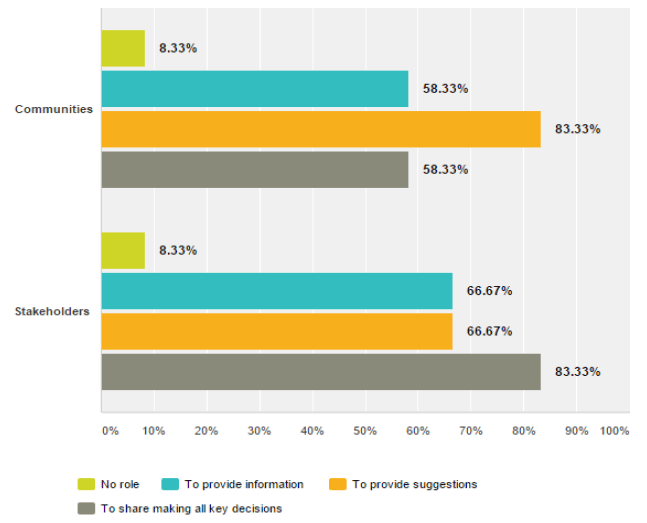
Table 9: Are the communities and stakeholders actively supported to take part in this stage of planning what to do in land use and land management?
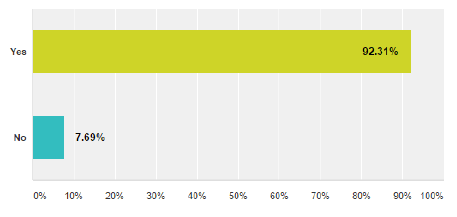
Table 10: If yes to the above question, which activities are taking place?
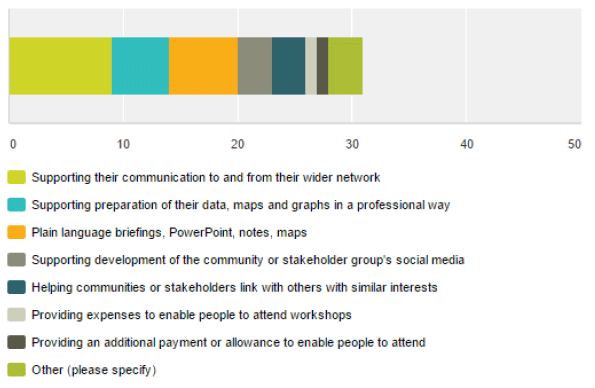
Responses to the 'other' category included: support given through advice and that a planning group formed from stakeholders who received a contribution to their costs.
Table 11: Where have you got to with implementation?
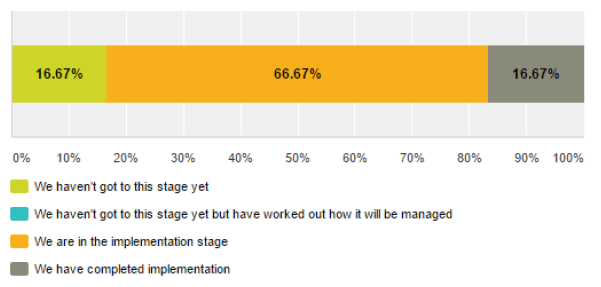
Table 12: Who is doing the day-to-day work of implementation?
Responses to the other category included: through academia, national and local government, scientists and specialists, and all of the above
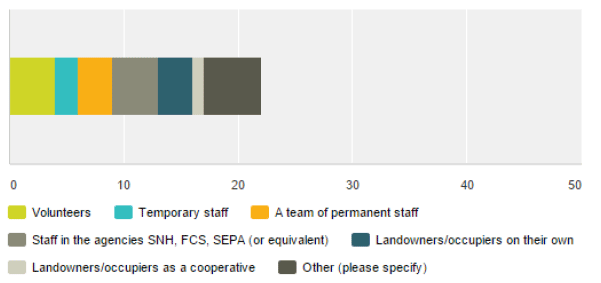
Table 13: Are any capacity building activities being carried out to help communities and stakeholders implement action?
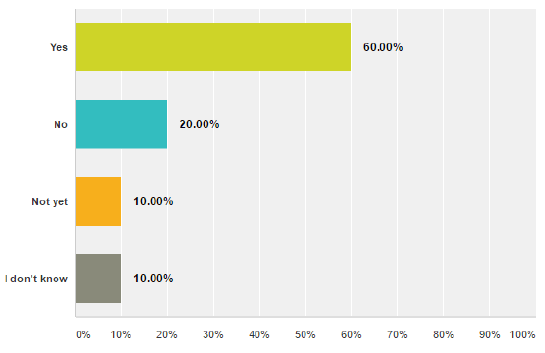
Table 14: If yes to the above question, which activities are taking place?
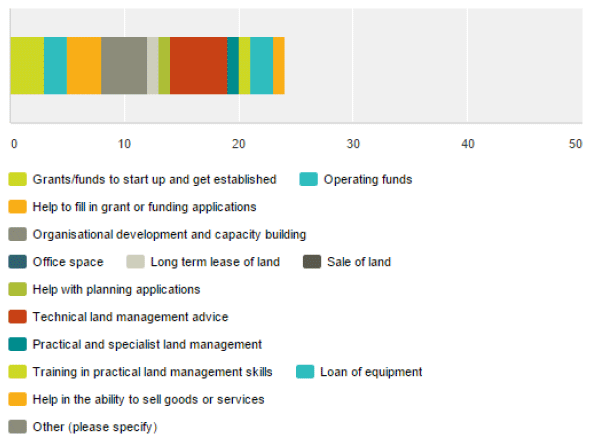
Contact
Email: Clare Magill, socialresearch@gov.scot
There is a problem
Thanks for your feedback